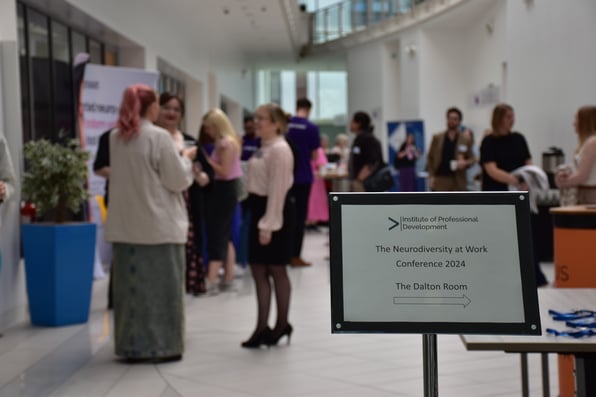Prior to the Covid-19 pandemic, working from home was a relatively isolated practice, with an estimate of only around 5 percent of workers in the UK working remotely for the majority of their time. By April 2020, figures from the ONS showed this had risen to as high as 47 percent (and in some countries, such as Finland, this proportion had risen to as high as 60 percent).
As the pandemic has eased, a more complex and nuanced working pattern has emerged and appears to be embedded. According to the ONS:
‘During 2022, the proportion of workers both working at home and at their usual place of work (“hybrid working”) has been rising, while the proportion of those working from home exclusively has fallen. Around one in seven working adults (14%) worked from home exclusively between 27 April and 8 May 2022, while nearly a quarter (24%) both worked from home and travelled to work’ ('Is Hybrid Working Here to Stay?’, May 2022).
Furthermore, this appears to vary hugely by income bracket – while 8 percent of those earning under £15,000 a year were hybrid workers and 6 percent working exclusively from home, for those earning £40,000 plus the figures were 38 percent and 23 percent respectively. This has reflected a tendency for higher-earning jobs to be those that are more office-based and potentially flexible in terms of their working practices.
Interestingly, 78 percent of those working from home or in a hybrid manner reported an improved work/life balance. And the main reason for businesses adopting hybrid working practices was for this reason – though over 40 percent have also cited reduced overheads and also increased productivity.
Critical View
It is fair to say that hybrid working has also had its critics, including feted writers on personal well-being such as Malcolm Gladwell, who has recently declared ‘It is not in your best interests to work at home’. Twitter has, of course, recently been in the news on this issue and Goldman Sachs have attracted particular attention this year by being foremost among those companies that have been demanding a return to five-days-a-week office-working, on the grounds that working from home inhibits relationship-building and effective teamwork.
But it seems that for a great many, hybrid working is here to stay and is even part and parcel of the expectations many staff have from their employers, or indeed potential new employers. To facilitate this in a fair manner, ACAS have recommended that companies develop clear policies and protocols around hybrid working and working from home. Furthermore, given the fast-changing pace of many modern workplaces and the practices within them, these policies ought to be reviewed regularly, with employee-input and buy-in. They have added that appropriate training is also key.
Much research – including that led by universities – is currently taking place around the effects, advantages and disadvantages of this remote and hybrid working in the economy. And two things are clear:
- The benefits and otherwise of working remotely are not static and need to be regularly monitored and reviewed, especially around the issues of staff wellbeing, with this needing to be done across a range of economic sectors.
- The necessity for focused and relevant training and staff development is paramount if the benefits of remote and hybrid working are to be effectively realised.
Training and Development
Effective training to support remote and hybrid working can cover a multitude of related issues. These include:
- Online meeting etiquette
- Maintaining effective teamworking
- Promoting and enhancing a successful company culture
- Strategies for workers struggling with work/life balance issues
- Effective ‘boundary-setting’ for remote workers
- Time-management techniques and developing helpful routines
Many training providers have reported that professional development courses in these fields are now among their most popular.
A happy workforce is indeed a productive one and so organisations that take these issues seriously are the ones likely to thrive in the digital age. Change requires adaptability and flexibility – and this in turn requires both review and support. Indeed, the issues workers who are remote experienced early in the pandemic are often not the ones they face now.
This support will especially be the case in recessionary times – in particular, it will be interesting to see whether there is an increased or decreased tendency for hybrid/remote workers to be made redundant compared to those employees who attend a physical workplace most days. In parallel with this, it will be important for organisations to make sure employee well-being and the training and development needed to support this aren’t the next items in the budget to be cut. The evidence that we have indicates that this would create a false economy.



